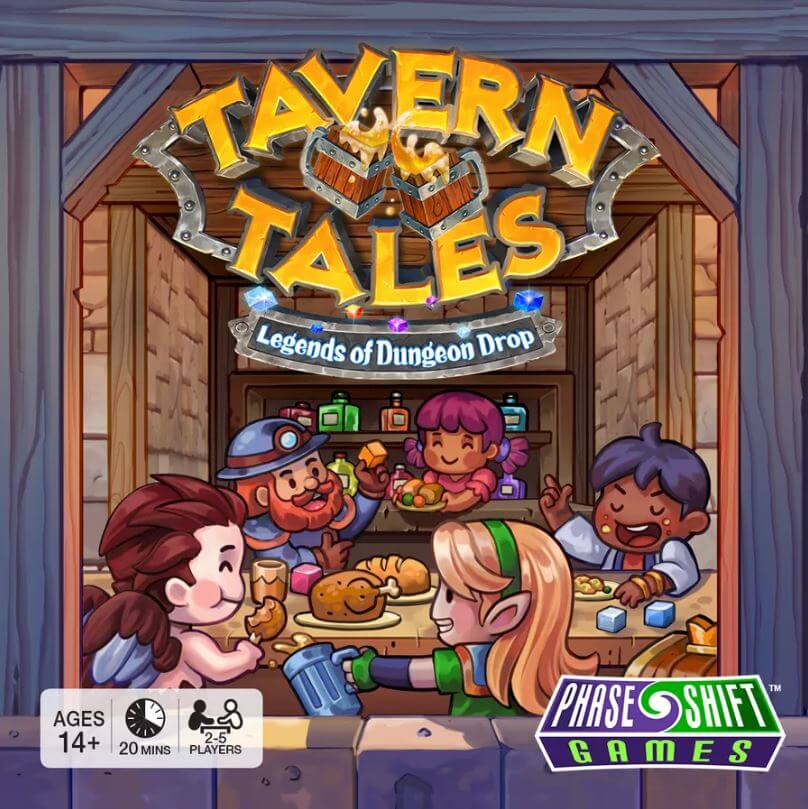
Pax Pamir: Second Edition
In Pax Pamir: Second Edition, players become Afghan leaders during the tumultuous 19th century, struggling to establish a new state after the collapse of the Durrani Empire. In this gripping scenario, European empires seek to expand their influence in Central Asia, while players try to navigate these rivalries, manipulating foreign invaders to achieve their own interests. The game is based on tableau building mechanics. During their turns, players draw cards from a central market and place them on a line called the Court. These cards allow units to be added to the map and unlock actions that can be used to interfere with other players' strategies. This interaction is essential because, although each player develops their own Court, the game allows them to influence each other directly and indirectly. Players will form coalitions to ensure their survival in a scenario full of intrigue. The dynamics of the game include moments of "Dominance Checks", which assess the strength of the coalitions in dispute. Players loyal to a winning coalition earn victory points based on their influence, while the fragmentation of Afghanistan can reward individual players based on their power. After each "Dominance Check", a section of the map is restarted, allowing players to re-evaluate their tactics and look for new opportunities. The game ends when a player gains an advantage of four or more victory points, or after the fourth "Dominance Check". Pax Pamir: Second Edition is an experience rich in strategy and diplomacy, challenging players to optimize their actions while dealing with the instability of a changing scenario.Artists: Cole Wehrle;
Designers: Cole Wehrle;
Date: 2019
Note: 8.3
Mechanics: Agreements, Open Buy, Hand Management, Influence / Majority in the Area, Area Movement, Action Points, Score and restart, Simulation, Solo
Topics: Oriental Culture, Economy / Production, History, Police, Politics
Table of Contents
- How to Play
- Tips for playing
- Game mechanics
- Game components
- Additional Information
OBJECTIVE OF THE GAME
Tips for playing
Here are some tips for doing better in the game Pax Pamir: Second Edition:
- Pay attention to players' allegiances, as they can change quickly and alter the balance of power.
- Manage your cards on the board to maximize influence and control over strategic regions.
- Focus on acquiring market cards that reinforce your strategy, but always be on the lookout for cards that your opponents might want.
- Don't overlook the importance of roads and armies; they are essential for controlling territory and making it difficult for your opponents to advance.
- Timing is crucial. Know when it's best to switch allegiances to take advantage of the game's ever-changing dynamics.
Video about the game
GAME mechanics
- Influence / Majority in the Area: Players act as Afghan leaders who accumulate influence by controlling tribes and allies on the board. Each region has control tiles that determine the area's dominance. Influence is measured by the presence of armies and roads in the regions, as well as the support of the local leaders represented on the cards.
- Hand Management: Cards from different factions are bought and played from players' hands to carry out actions and expand control. Players must balance their hands to maximize alliances and optimal actions, ensuring that the right cards are available when needed.
- Area Movement: Elements of the game, such as armies and roads, can be moved between adjacent regions. This is crucial for establishing area control, protecting territories or disrupting opponents, depending on the alliances established.
- Agreements: The game allows players to make temporary alliances with different factions (Russian, British or Afghan). These alliances determine what kind of cards can be most effective. The agreements are fluid, and players can change alliances to adapt to the dynamics of the game.
- Action Points: Players use action points to carry out various activities during their turn, such as buying cards, placing armies or building roads. Effective management of action points is vital for implementing strategies and responding to changes in game control.
- Score and restart: The game has score-checking mechanisms at specific moments, where the overall influence of each faction is evaluated. Score rounds can redefine the board, changing alliances and preparing the game for new power dynamics, leading to victory for the most influential player.
- Open Buy: The cards available for purchase are visible to all players, allowing strategic planning and anticipation of opponents' moves. This offers a collective view of the options and challenges, with shared information influencing decisions to buy and use cards.
- Simulation: Pax Pamir simulates the historical Great Game, in which powers tried to control Central Asia through subtle and direct influence. Each decision simulates the real tensions and compromises of influential characters of the time, with players adjusting their tactics in response to the historical events represented in the game.
- Solo: The game has versions for solo players, where they face a programmed artificial intelligence representing another faction. The solo game system defiantly replicates the behavior and strategies of human opponents, allowing for a complete experience even without physical company.
Game components
See all the items in the game below Pax Pamir: Second Edition:
- 36 Coins
- 55 Cylinders
- 142 Letters
- 36 Alliance Blocks
- Climate Markers, Region Markers and Faction Boards
Additional Information
- Ludopedia link: https://ludopedia.com.br/jogo/pax-pamir-second-edition
- Link Tabletopia:
- Amazon Brazil link: Comprar Pax Pamir: Segunda Edição
- Amazon USA link: Comprar Pax Pamir: Segunda Edição


